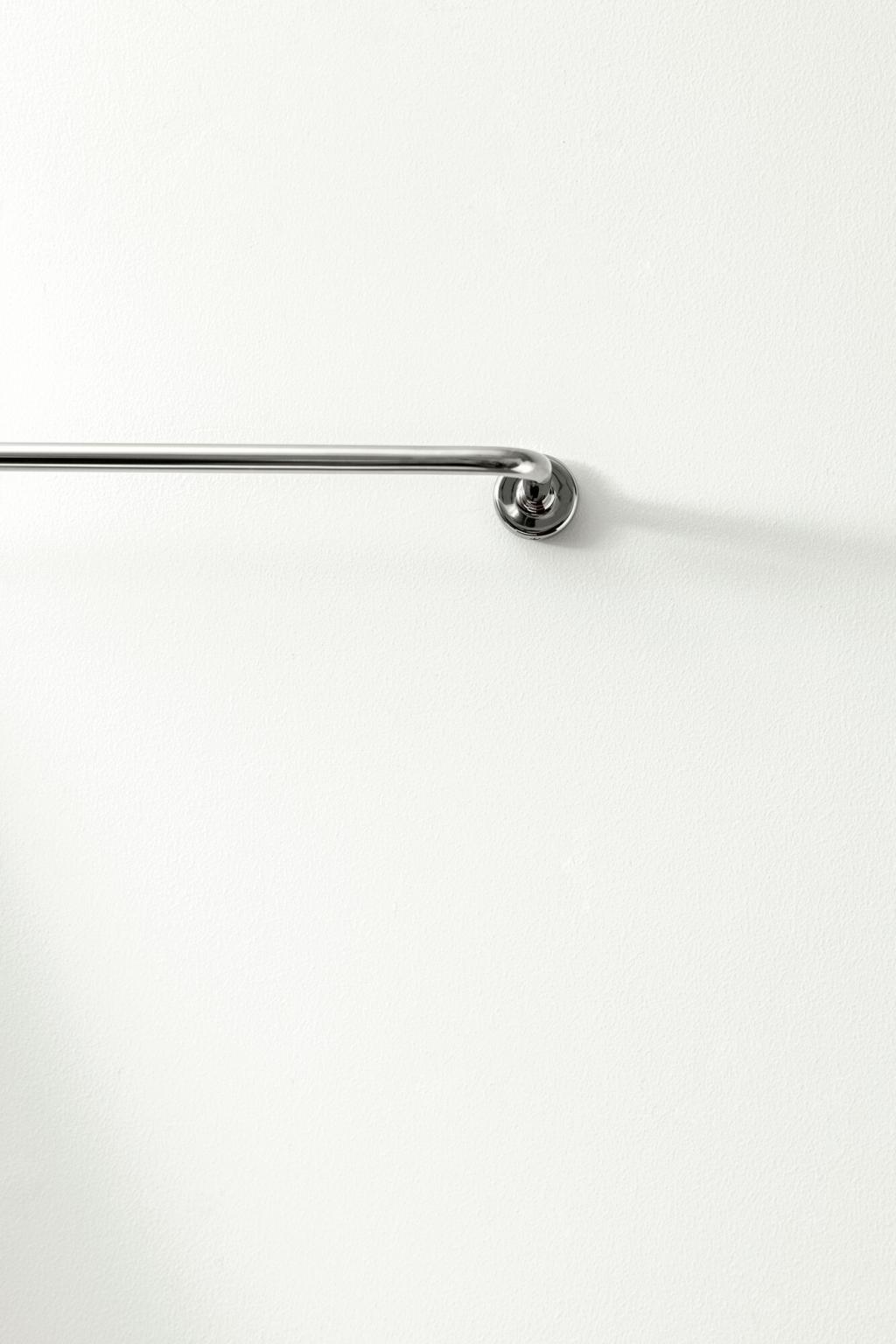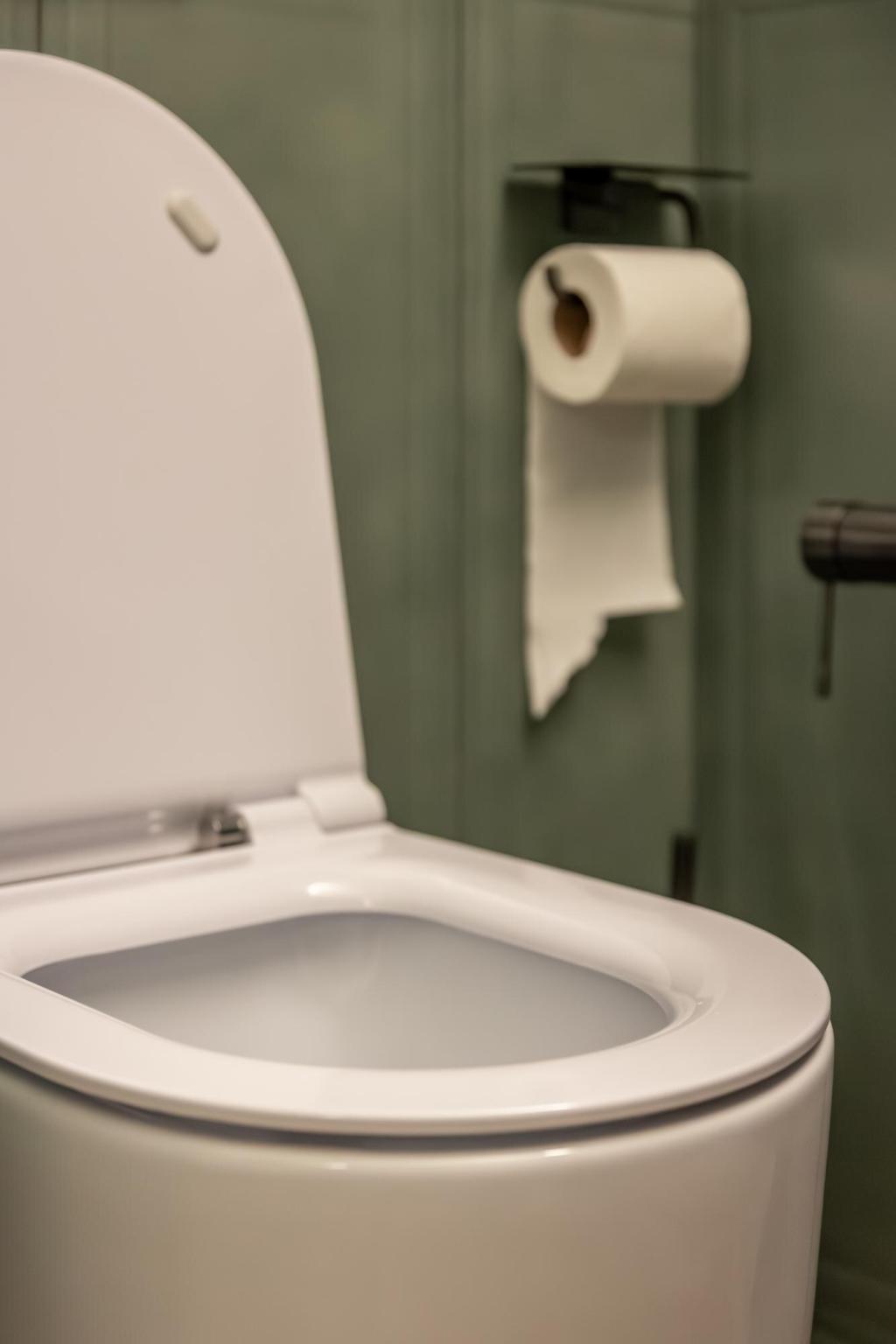A Minimalist Starter Blueprint
Start with reliable smart lighting, a local hub, secure locks, and a learning thermostat. Choose Matter or Thread where possible to reduce fragmentation and future headaches.
A Minimalist Starter Blueprint
Define a handful of universal scenes: Arrive, Focus, Entertain, Goodnight. Each should set lights, climate, and blinds. Keep them memorable, predictable, and easy to reach physically.






